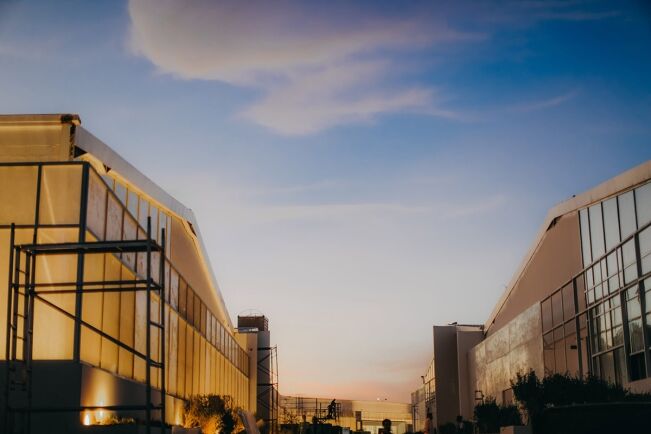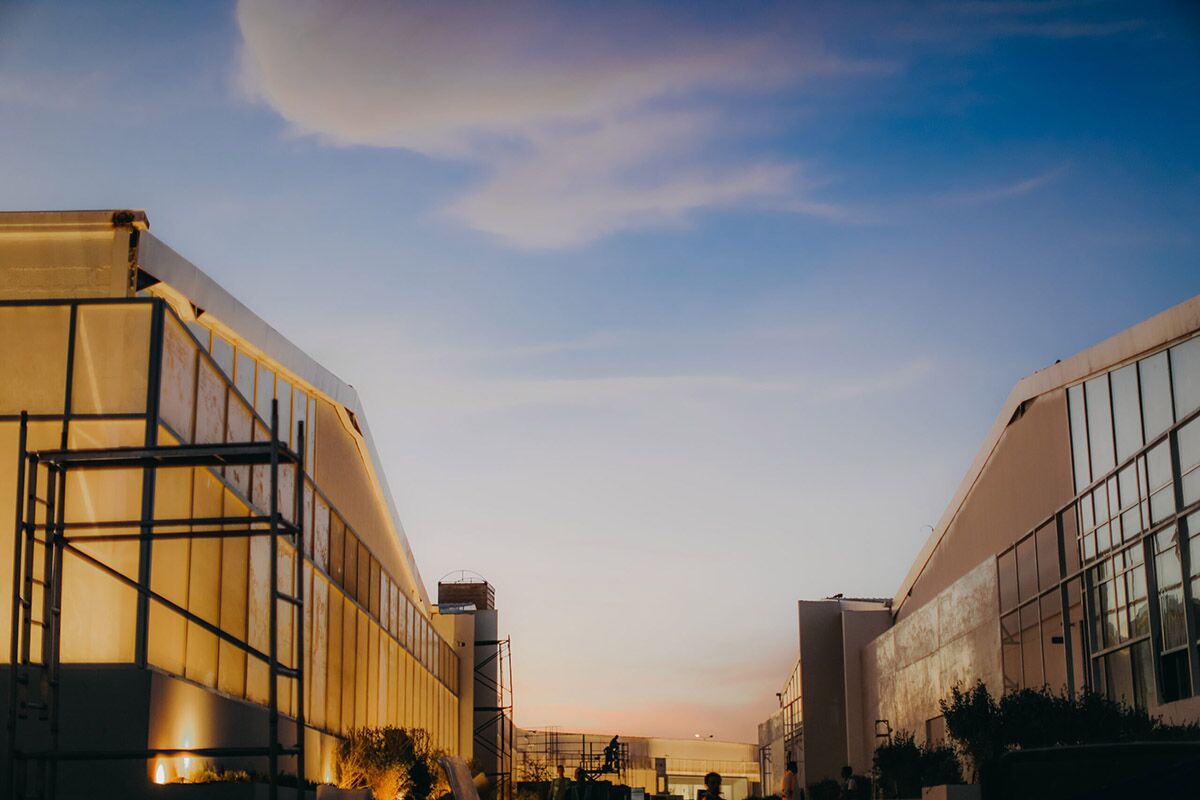brief
A confidential client in Saudi Arabia held part of an industrial area comprising 100 warehouses, famous as a logistical hub for infrastructural projects. In 2021, the client transformed the space and inaugurated it as a cultural and artistic district to serve as a supportive platform for national talent, to promote cultural exchange, and to be a benchmark for culture and the arts in the region. As part of the latter ambition, it aimed to host local and international exhibitions, as well as cultural and artistic activities throughout the year. The client required a specific cultural strategy to complement the spatial transformation, enabling the leadership to distill a differentiated positioning.
RESPONSE
Building from the community out.
Our scope included developing a positioning strategy, a tenant management strategy, and a programming strategy, along with providing support for the client’s finance and operating models. In order to claim a unique positioning, Alserkal Advisory articulated a series of strategies to develop the district as a platform intended to enrich the lives of local communities and international visitors. The positioning provides for the district to be generative across three dimensions: the creative producers (who had been prioritised since project inception), international visitors (particularly as reputational ‘draw’ intensified), and the immediate local community who now looked to the district as a source of regular intellectual stimulation and life-improvement.
Guaranteeing a sustainable tenant mix.
The positioning strategy involved a comprehensive audit of the district, examining its current assets, previous strategy attempts, and the competitive landscape of the city and region. Based on this, we crafted a bespoke positioning strategy to align the district’s activities, offerings, programmes, and commercial outlets with its desired market position. Moreover, leveraging our expertise from Alserkal Avenue in Dubai, we developed the tenant management strategy which included leasing processes, asset mix, tenancy criteria, and the client’s organisational structure.

